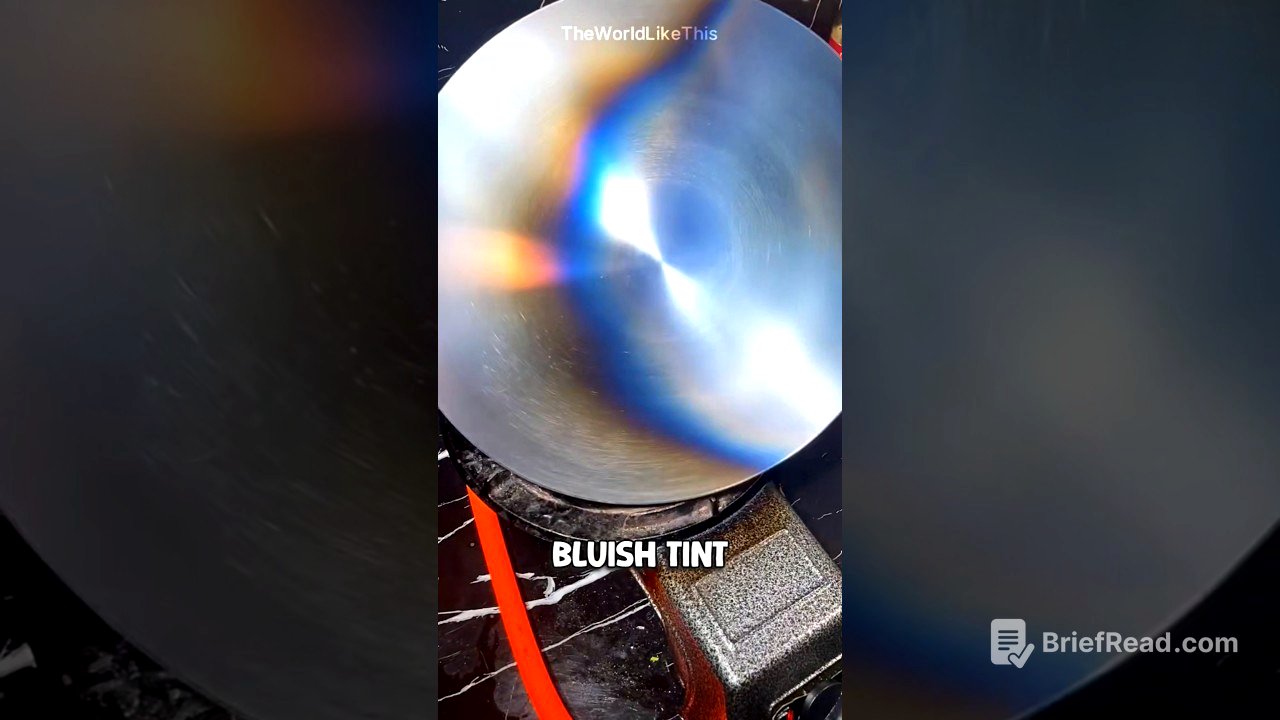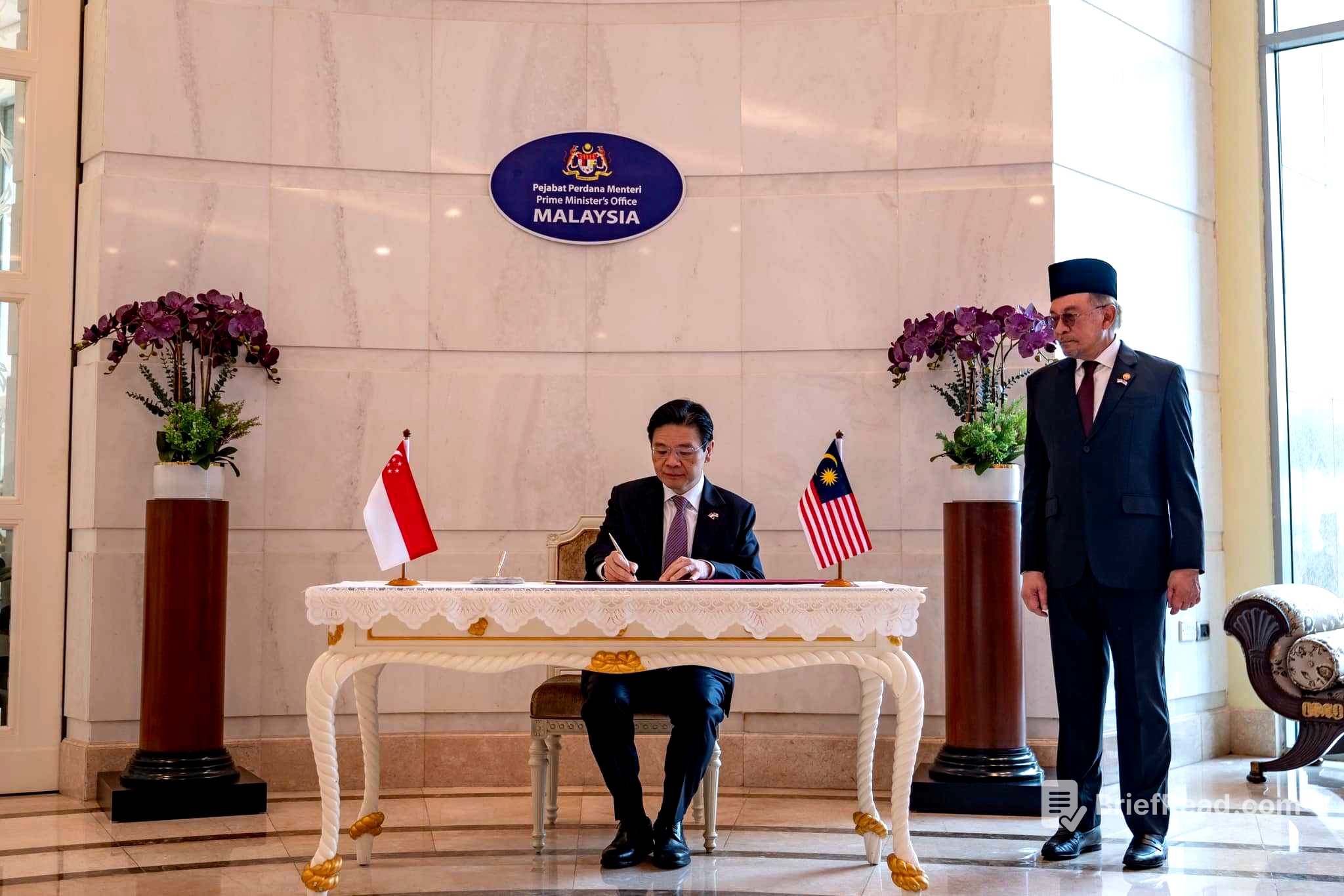TLDR;
In China, seasoning a new wok is a crucial process before cooking. This involves heating the wok to oxidize the metal and open its pores, followed by repeated applications of pork fat or vegetable oil. This ritual creates a natural non-stick surface, allowing for oil-free cooking.
- Seasoning a wok involves heating and oiling it multiple times.
- The process creates a non-stick surface.
- Pork fat or vegetable oil is used for seasoning.
Seasoning a New Wok [0:00]
In China, a new wok requires a seasoning process before it can be used for cooking. This isn't just about cleaning; it's about preparing the wok for optimal performance. The seasoning ritual starts with a thorough wash to remove any manufacturing residues.
The Heating Process [0:09]
The clean wok is then placed over high heat, causing the surface to change color and develop a bluish tint. This color change indicates that the metal is oxidizing under the flame. As the pan heats up, tiny pores open in the metal, which is essential for the next step.
Applying Oil and Creating Non-Stick Surface [0:18]
Pork fat or vegetable oil is rubbed into the heated surface, allowing it to soak into the open pores. This heating and oiling process is repeated three or four times to build up a layer of seasoning. The result is a naturally non-stick surface that can fry an egg without any additional oil.









